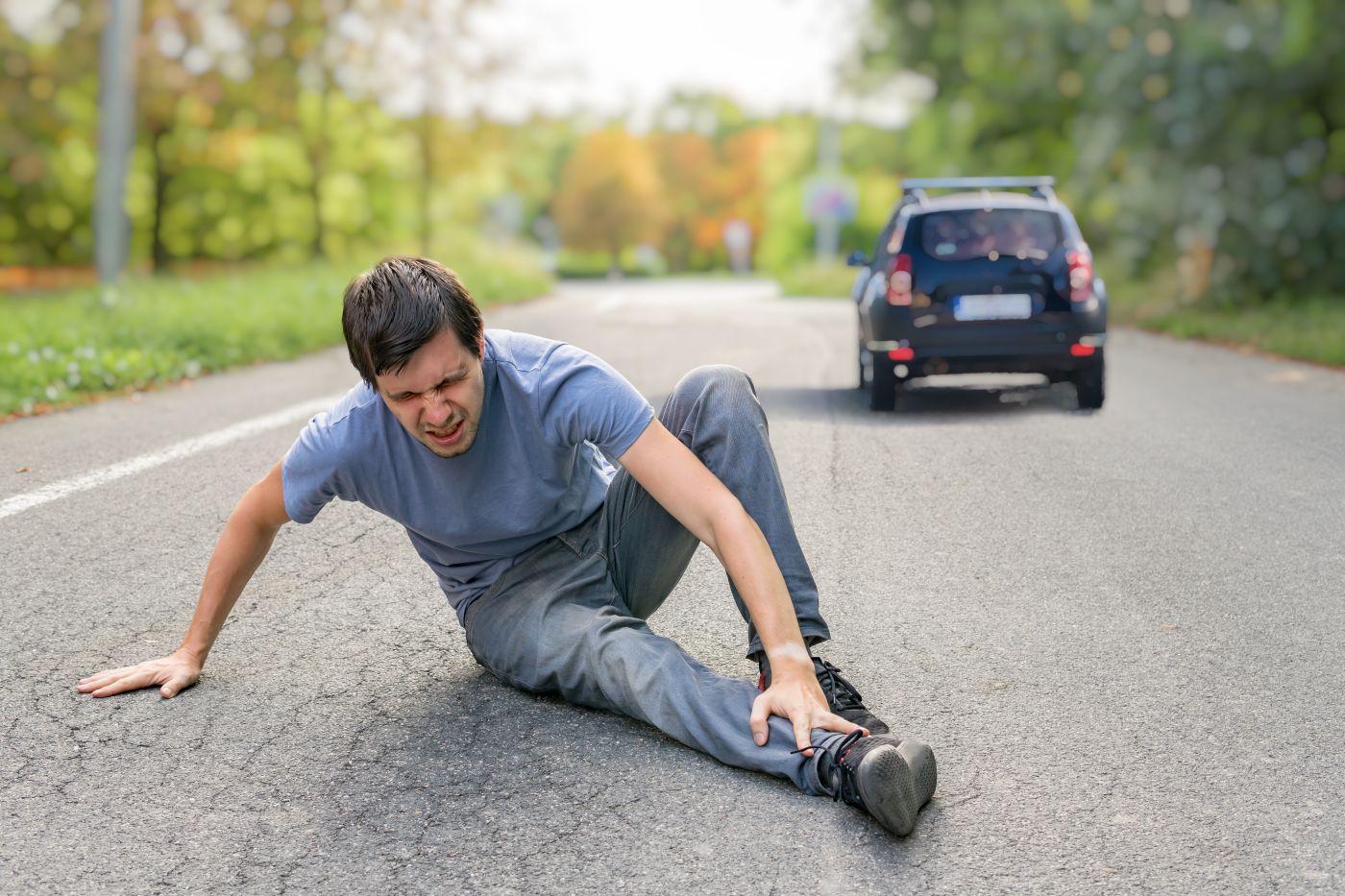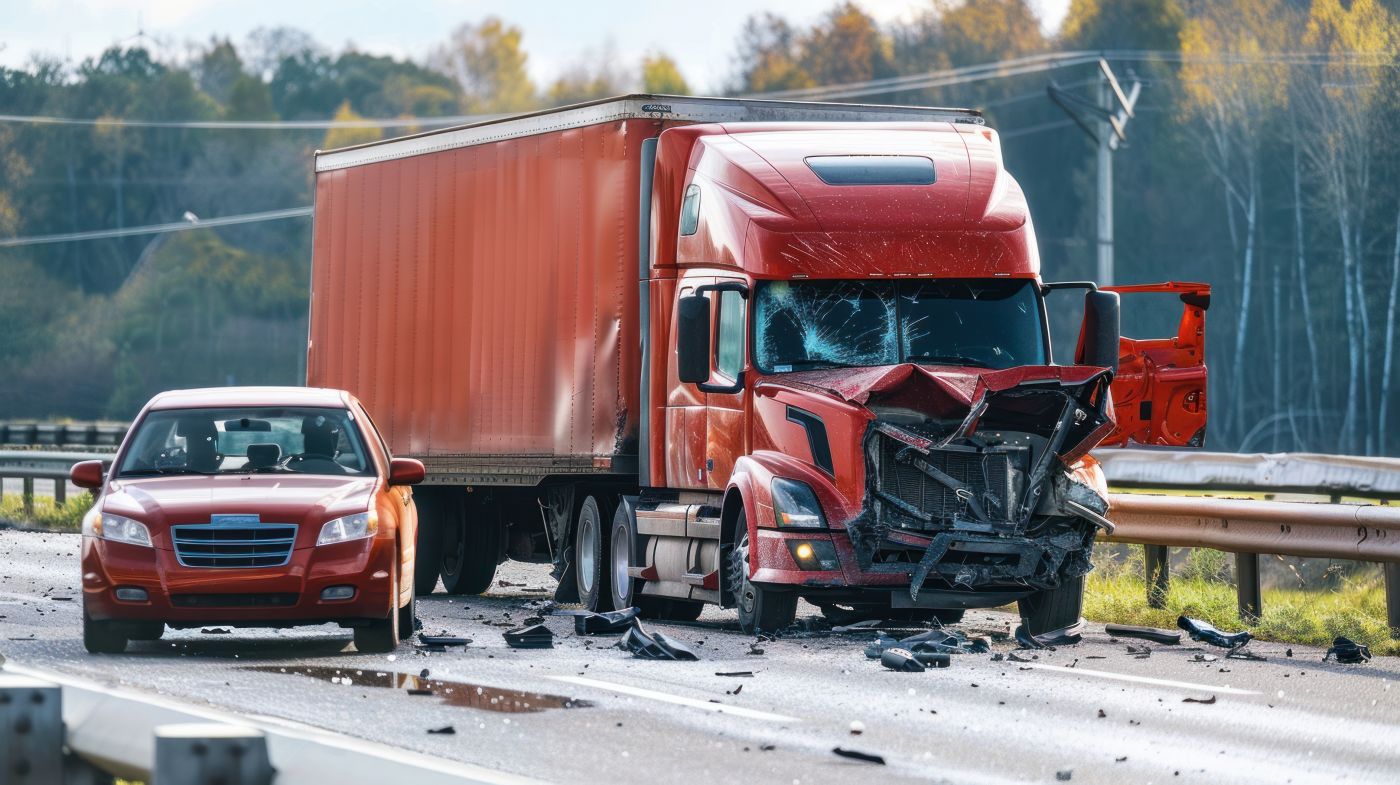
Few situations are more frustrating and overwhelming than being injured in a hit-and-run accident. One moment you’re following the rules of the road, and the next you’re left shaken, hurt, and staring at the taillights of a driver speeding away. These accidents don’t just bring physical injuries—they leave behind a wave of emotional distress and unanswered questions.
At Diehl Law, LLC, we know that the road to recovery after hit-and-run car accidents is filled with obstacles, and we’re here to help guide you through your legal options. Our firm serves communities in Southwestern Ohio, including Warren County, Clinton County, Highland County, Clermont County, and Butler County. If you’ve been the victim of a hit-and-run accident, you don’t have to face it alone. Reach out to us today to protect your rights and secure justice.
What Counts as a Hit-and-Run Accident
A hit-and-run occurs when a driver leaves the scene of a crash without stopping to provide contact information, render aid, or report the incident to law enforcement. These car accidents can happen in a variety of situations, such as car-on-car collisions, pedestrian accidents, bicycle accidents, or even property damage cases.
Ohio law requires drivers involved in accidents to remain at the scene. When someone chooses to flee, it’s not only illegal—it’s an act that can leave victims without critical information they need for medical care, insurance claims, and financial recovery.
The seriousness of a hit-and-run varies depending on the type of crash. For example, leaving after a minor fender bender is still a crime, but fleeing after causing injury or death carries far steeper criminal penalties. Regardless of severity, victims of car accidents deserve justice and compensation for their losses.
Immediate Steps After a Hit-and-Run
After a hit-and-run, what you do in the minutes and hours that follow can have a major impact on your case. While you may feel overwhelmed, try to remain as calm as possible and take steps to protect yourself.
Key actions to take include:
Call 911: Report the accident to law enforcement right away so they can create a record and, if possible, begin searching for the driver.
Seek medical attention: Even if your injuries seem minor, it’s vital to get checked by a doctor. Some injuries don’t show symptoms immediately.
Document the scene: Take photos of your vehicle, injuries, skid marks, debris, or any other evidence.
Gather witness information: If bystanders saw the accident, ask for their contact details and any information they can provide about the fleeing vehicle.
Write down details: Try to remember the color, make, model, license plate, or any distinguishing marks on the other vehicle.
With these steps, you strengthen your chances of identifying the driver or building a strong claim through other avenues, such as your insurance coverage after a car accident.
Legal Consequences for Drivers Who Flee
Hit-and-run drivers face significant criminal consequences in Ohio. The law takes these cases seriously because fleeing denies victims the immediate help they may need. Depending on the circumstances, penalties may include fines, license suspension, or even prison time.
Property damage only: Leaving the scene can be charged as a misdemeanor.
Injury accidents: Fleeing is classified as a felony, carrying penalties that can range from probation to several years of imprisonment.
Fatal accidents: These offenses come with the harshest penalties, including extended prison sentences.
For victims of car accidents, knowing these penalties can bring some measure of reassurance, but the criminal process doesn’t always provide the financial relief you need. That’s where civil claims come into play.
Your Civil Legal Options as a Victim
Victims of hit-and-run car accidents have the right to pursue compensation, even if the driver is never caught. There are typically two main avenues to recovery:
When the driver is identified:
You may file a personal injury claim directly against the driver.
Damages can include medical expenses, lost wages, pain and suffering, and property damage.
When the driver isn’t identified:
Victims often turn to their own insurance coverage, particularly uninsured motorist (UM) coverage.
UM policies may cover medical bills, lost income, and other losses caused by the unidentified driver.
Pursuing either route can feel intimidating, but with legal guidance, victims can make informed decisions about the best strategy for their situation.
Challenges Victims Often Face
Recovering compensation after a hit-and-run isn’t always straightforward. Victims frequently encounter hurdles that make the process more stressful.
Common challenges include:
Lack of identifying information: If the driver can’t be located, your case depends heavily on insurance coverage.
Insurance disputes: Insurers sometimes push back, arguing about coverage limits or the extent of injuries.
Proving damages: Victims must show evidence of both the accident and the harm it caused, which requires strong documentation.
Delays in recovery: Medical bills and lost wages can pile up quickly while you're waiting for compensation.
Despite these challenges, working with a lawyer who understands how to build and present a claim for car accidents can make a meaningful difference in the outcome.
Evidence That Strengthens Your Claim
The strength of your case often hinges on the quality of the evidence you present. Even if the driver cannot be identified, solid documentation can support your claim by proving liability and damages.
Helpful forms of evidence include:
Police reports: These provide an official account of the accident.
Medical records: Documentation of your injuries connects them directly to the crash.
Photographs and videos: Visual proof of the scene, your vehicle, and your injuries can be powerful.
Witness statements: Independent accounts may help identify the vehicle or support your version of events.
Surveillance footage: Nearby businesses, traffic cameras, or residential security systems may have captured the accident.
Collecting and preserving this evidence quickly is key. It not only supports your insurance claim but also strengthens your position if a driver is later identified and civil litigation becomes possible after a car accident.
Compensation Available to Victims
Hit-and-run accident victims may be eligible for various damages based on their circumstances. These damages aim to fully compensate for both financial and non-financial losses.
Types of compensation may include:
Medical expenses: Hospital bills, surgeries, rehabilitation, and ongoing care.
Lost wages: Income lost due to time away from work during recovery.
Reduced earning capacity: If your injuries make it impossible to return to your previous career.
Property damage: Repairs or replacement of your vehicle.
Pain and suffering: Physical pain, mental anguish, and reduced quality of life.
Wrongful death damages: If a loved one was killed, families may seek funeral costs, lost financial support, and emotional damages.
Compensation after car accidents isn’t automatic—it requires a strong case backed by evidence and, often, persistence against unfair settlement offers.
Statute of Limitations in Ohio
In Ohio, victims of personal injury generally have two years from the date of the accident to file a lawsuit. Wrongful death cases also follow a two-year statute of limitations. Missing this deadline could mean losing your right to compensation.
That’s why it’s important to act quickly. Even if you’re still recovering, reaching out to a lawyer early allows them to preserve evidence, handle communication with insurers, and keep your case moving forward after a car accident.
Contact an Experienced Lawyer
If you or a loved one has suffered from a hit-and-run accident in Southwestern Ohio, you don’t have to face it alone. At Diehl Law, LLC, our experienced car accident attorney supports victims in Warren County, Clinton County, Highland County, Clermont County, and Butler County in their fight for justice and compensation. Your rights matter—don’t wait to take action. Call iur office to discuss your case and begin your path to recovery.


